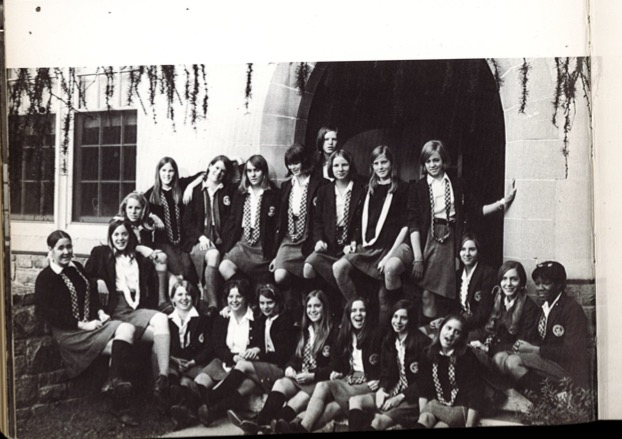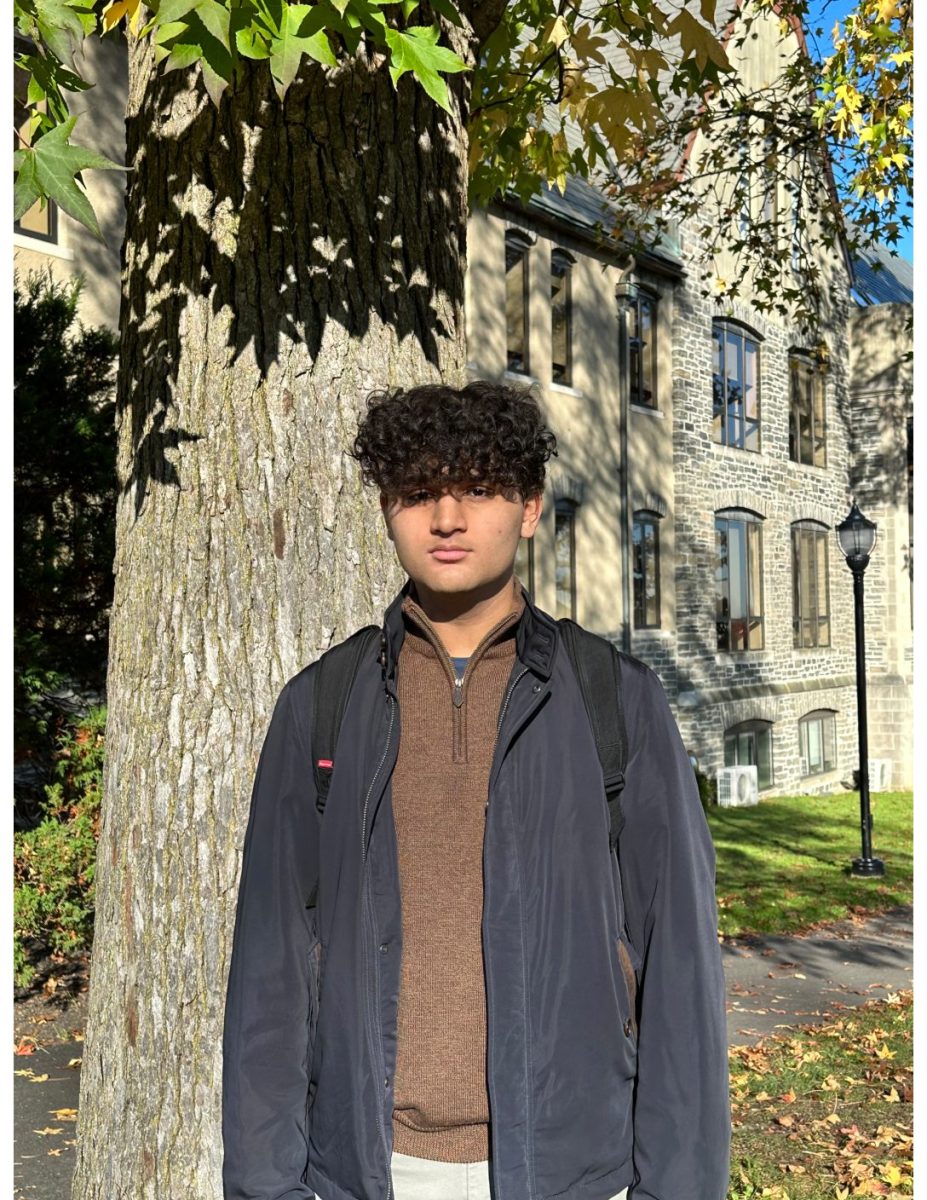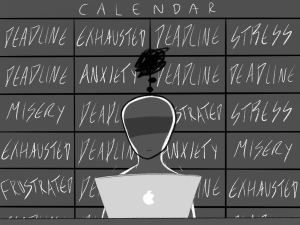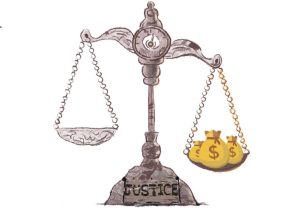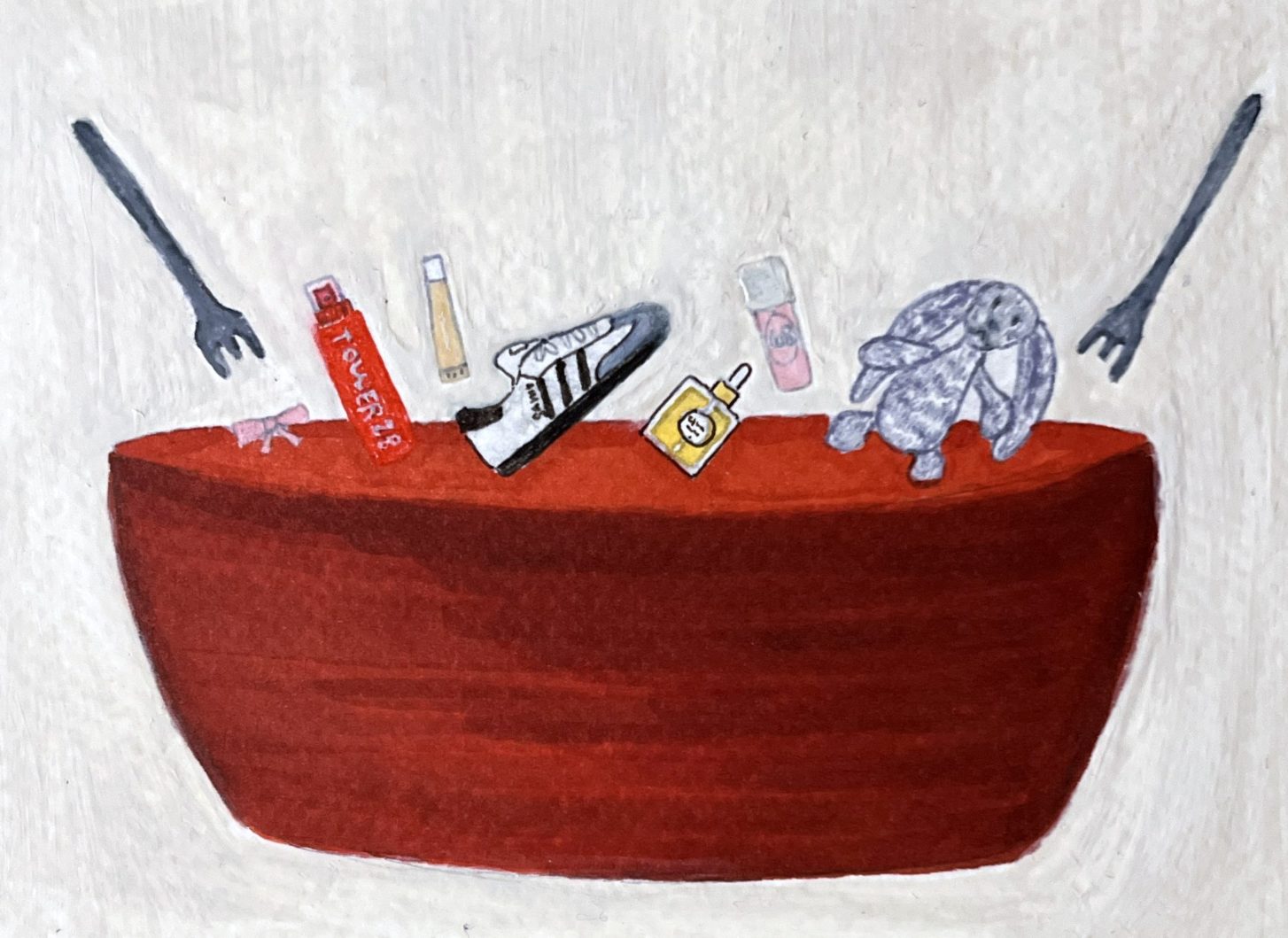Students Respond to Possible Change in Dress Code
After years of fluctuating dress policies, students at Masters reflect upon the Dress philosophy and potential upcoming change
February 24, 2019
Upon learning of Head of Upper School Dr. Nikki Willis’s intentions to re-evaluate the Masters dress philosophy in November, a survey was sent to the entirety of the community. The 129 recorded responses–114 (88.4%) from students and 15 11.6% faculty members–provide information on the participants’ opinions on the possibility of changing the dress philosophy.
For the most part, the students who completed the form were balanced across all four grades: 28.1 percent were ninth graders, 25.4 percent were tenth graders, 21.1 percent were eleventh graders and 25.4 percent were twelfth graders. The results also show that 20.2 percent of participants are brand new to the Masters School, 29.5 percent have attended for longer than five years (for students, this means they attended the middle school), and 14.7 percent have attended for three or less, meaning the dress philosophy is the only form of dress code these students and faculty members have experienced throughout their time at Masters.
A large population of students and faculty have experienced both the current dress philosophy and previous dress code. When asked which policy they prefer, 63.2 percent of these participants preferred the Dress Philosophy, 8.5 percent prefer the previous dress code, and 28.3 percent do not express a preference.
All participants in the survey were also asked if they understand the expectations and requirements of the current dress philosophy; to this, 64.3 percent responded “yes”, 10.1 percent responded “no”, and 25.6 percent responded “partially”. It can be inferred from these results that the enthusiasm towards the dress philosophy has resulted in either compliance or poor enforcement, as only 7.8 percent of participants reported to have been dress coded in the two years since the policy was first implemented.
Finally, when asked if they are in favor of changing the dress philosophy, participants had a bit more to say. In general, 18.6 percent of participants are in favor of a dress code change, 58.5 percent are opposed, 22.5 percent have no opinion, and 3.2 percent answered with other responses. These numbers indicate that both the students and faculty members have mixed opinions on the matter.
According to the survey, the dress philosophy seems to be popular among the Masters community, for the most part. However, many students and faculty members, while they may agree with the idea of allowing students to express themselves through their clothing, are quite disappointed with the ways in which the current dress philosophy has been enforced. “We should all dress for work. Teaching is my job. Being a student is also a job. I would never show up for work in sweats or with my navel showing. It’s not professional looking. You cannot be taken seriously dressed like that at school [or] work,” Fine Arts Director Cheryl Hajjar said.
Two anonymous survey participants added additional insight:
“It is a shame that, given the chance to control their own dress code, students continually push the limit as to what is deemed generally acceptable for school wear. This is not slut shaming and I don’t like policing women’s dress but I do think that students are abusing the idea of a philosophy.”
“We have abused the power given to us as well as completely disregarded the purpose of this hard-won philosophy–to express yourself RESPECTFULLY.”
One area of disagreement between regarding the Dress Philosophy is its effect on student-teacher relationships. “I come from a school with a harsh dress code, and I know that it caused nothing but resentment between students and teachers,” Patrick Curnin-Shane, new 9th Grader, said, expressing his support of the Masters dress philosophy. However, according to the survey, faculty members have the opposite opinion:
“It has created tension between faculty and students. It has not created any sense of creating a clear understanding of what is – and is not – appropriate for school,” history and International Relations teacher Brendon Barrios said.
Another disputed aspect of the dress philosophy is the open-endedness–while author Sarah Scheuer said that the philosophy is purposefully vague, students and faculty members have mixed opinions.
Freshman Clyde Lederman, in his response, stated that the ambiguity of the dress philosophy “creates an immaterial standard, and as a result is largely unenforceable.”
Senior Fritz Pingel agrees: “I don’t feel as though there is a clear indication of what the administration believes is appropriate for school,” he said. He added that the dress philosophy “makes it more difficult for faculty and students to choose outfits to wear. As such, I would endeavor to use more specific language describing what is appropriate to wear.”
Despite the ambiguity of the document, one anonymous participant commented that the creation of the dress philosophy and the lessons to be learned from it are the most likeable aspects:
“I LOVE that it is the result of an initiative by students that tries to tackle – head on – issues of social justice and double standards in the school and workplace for women.”



